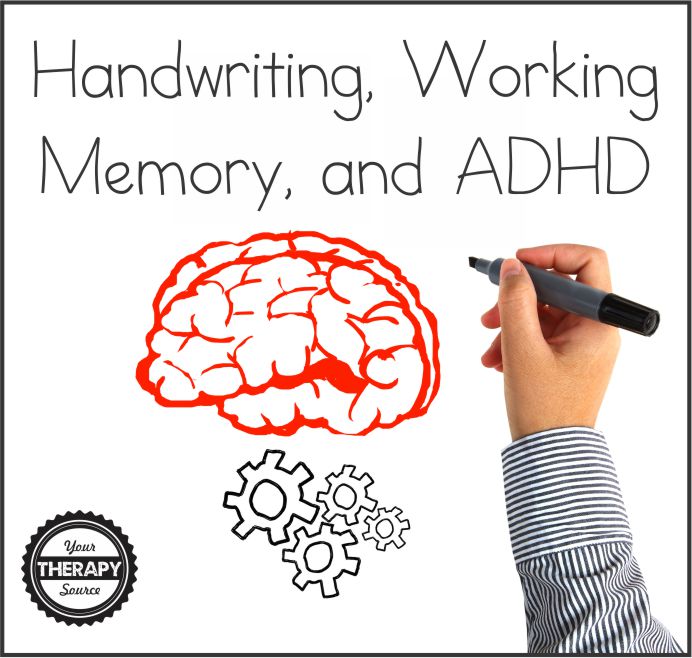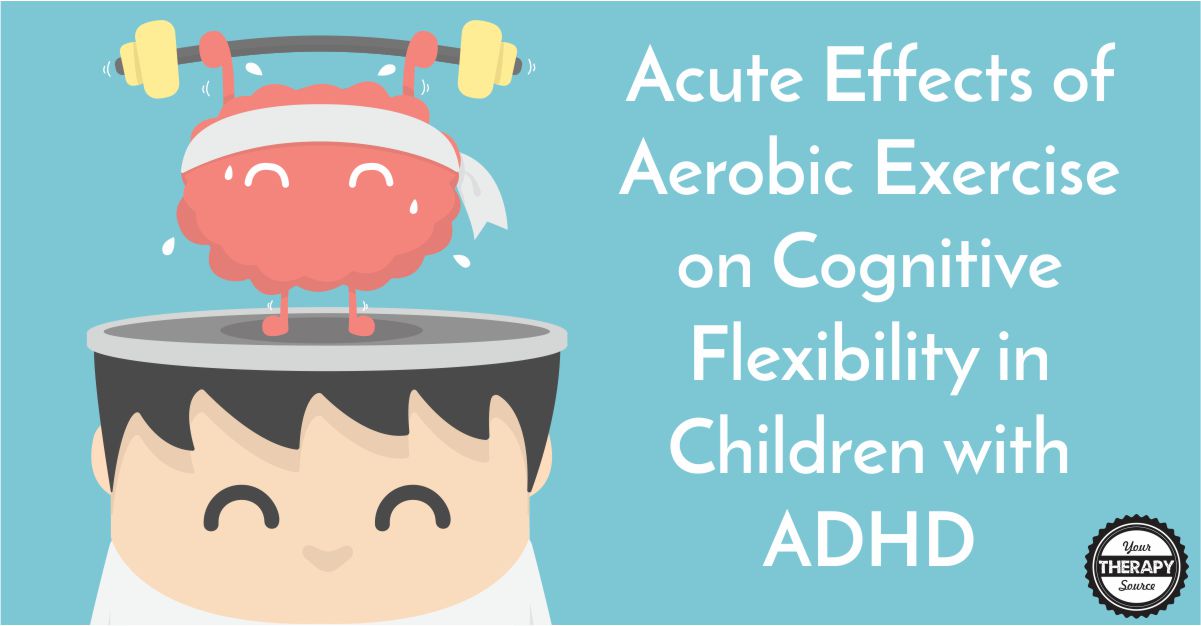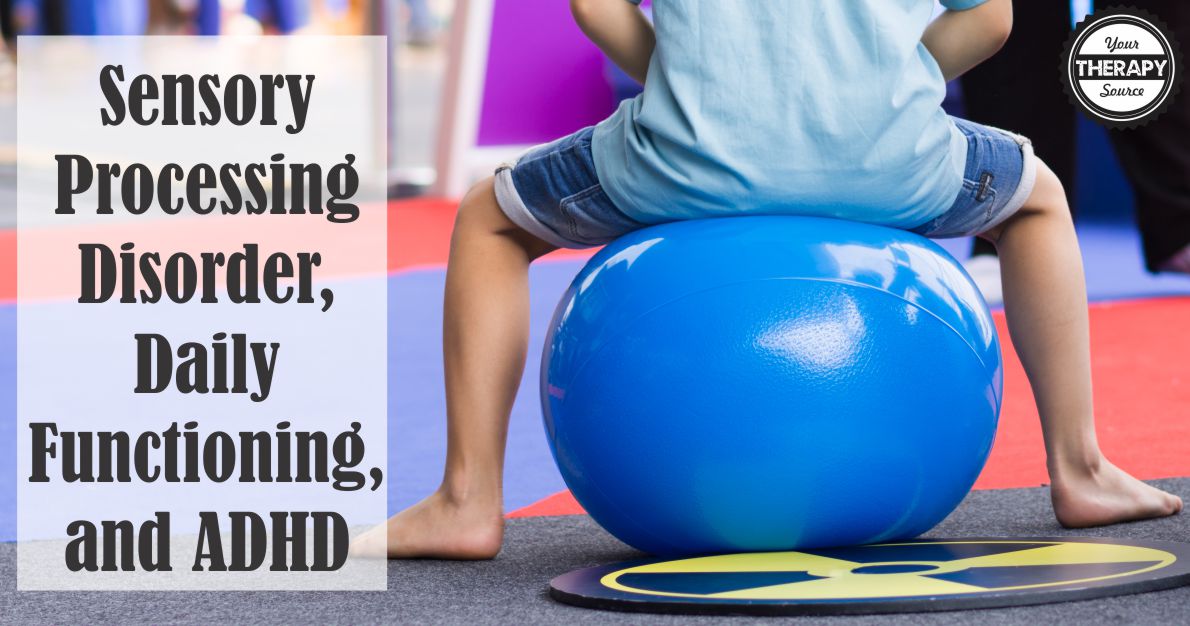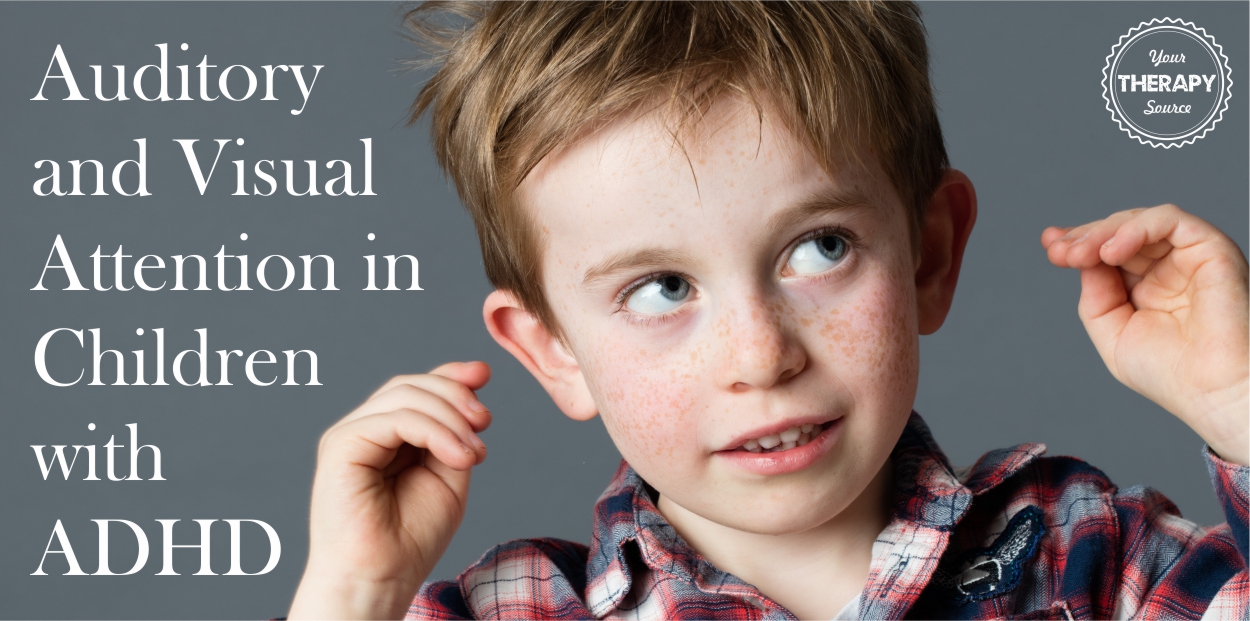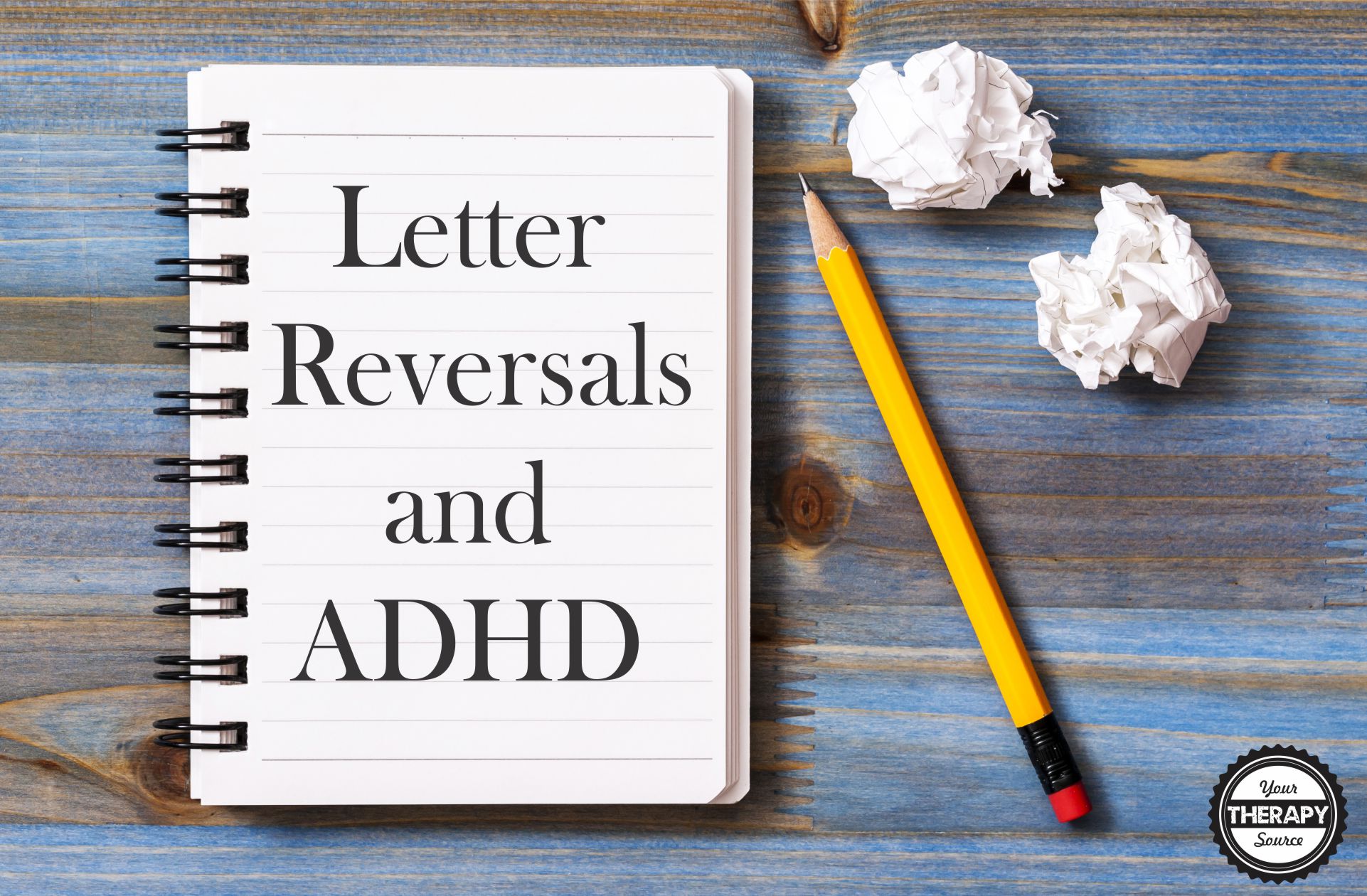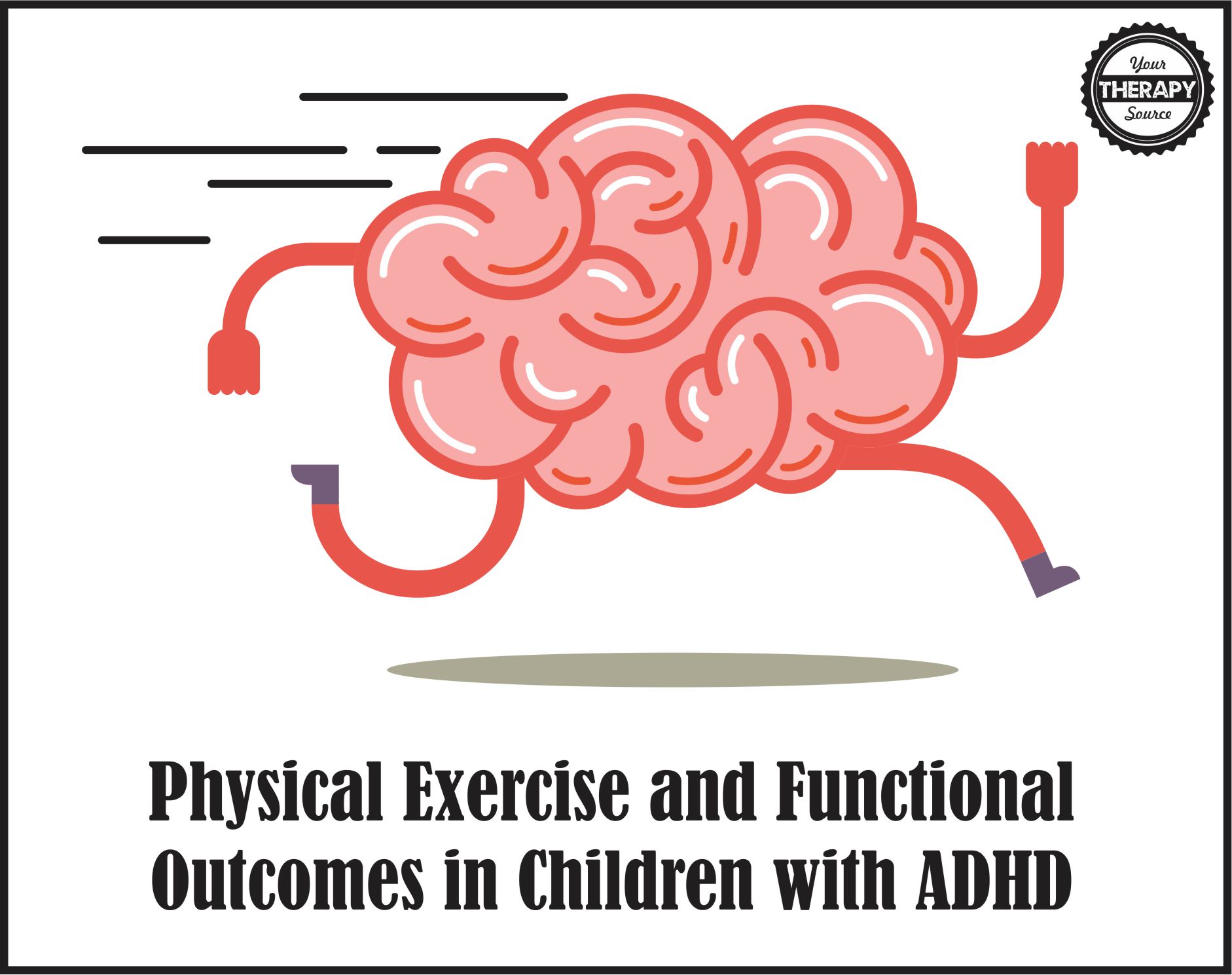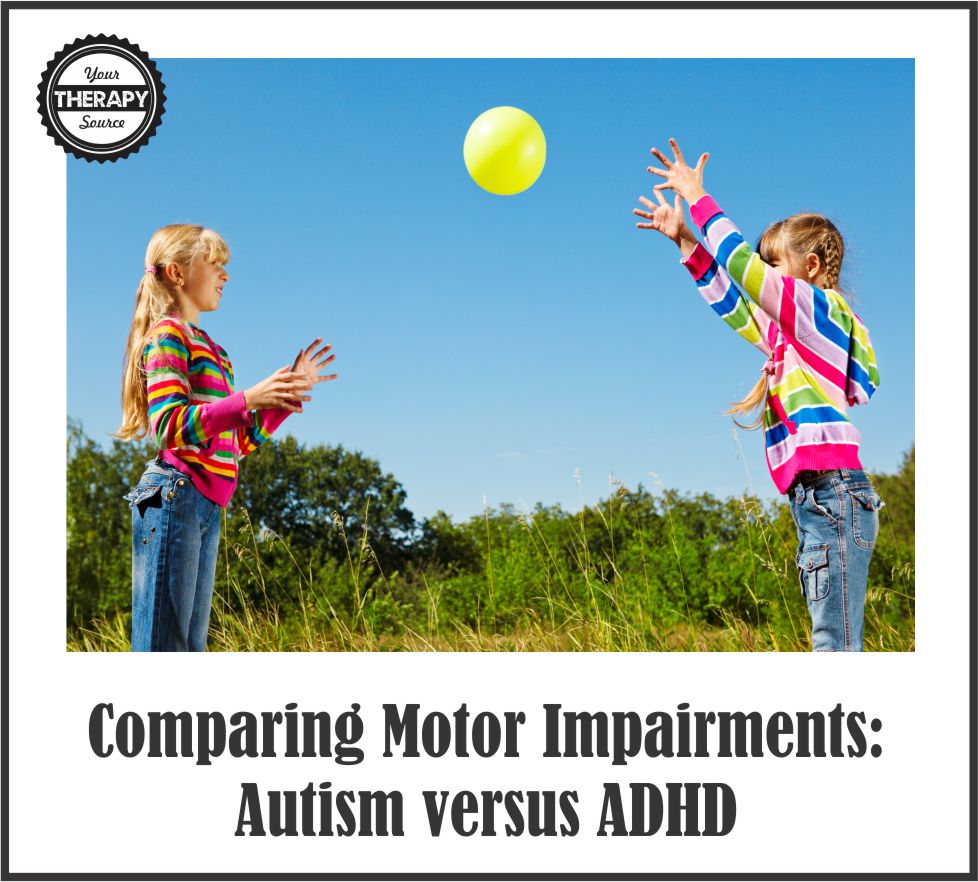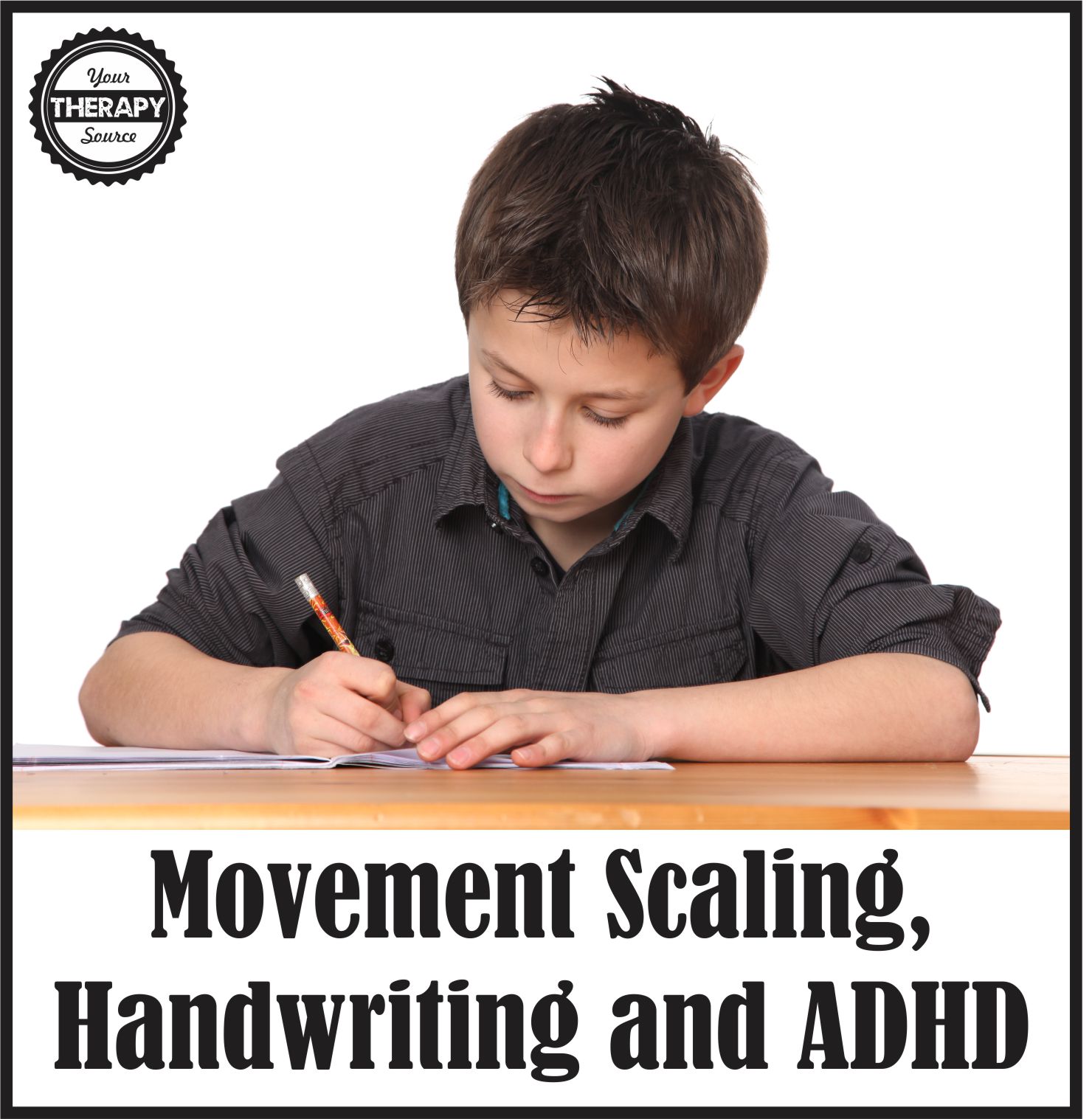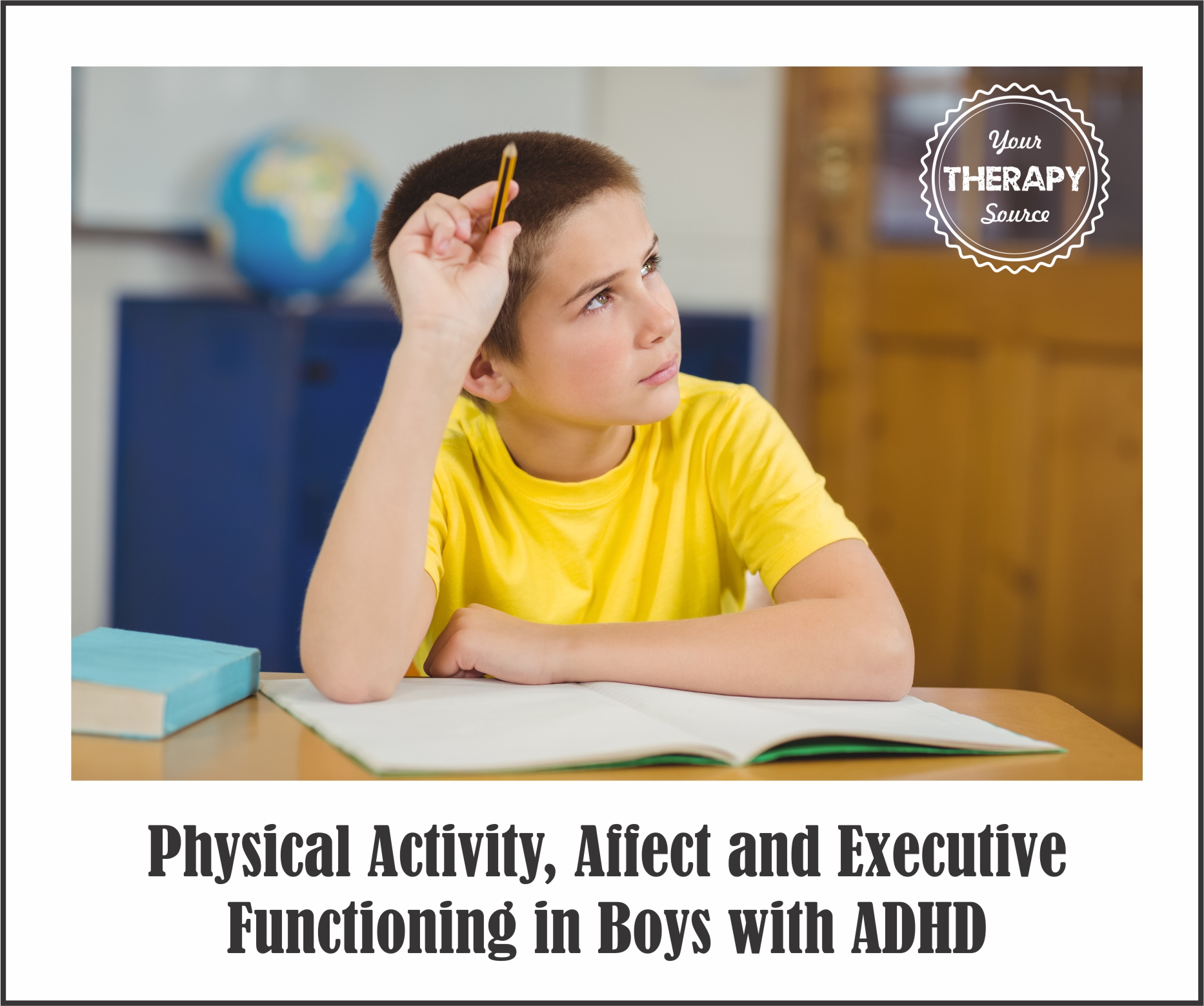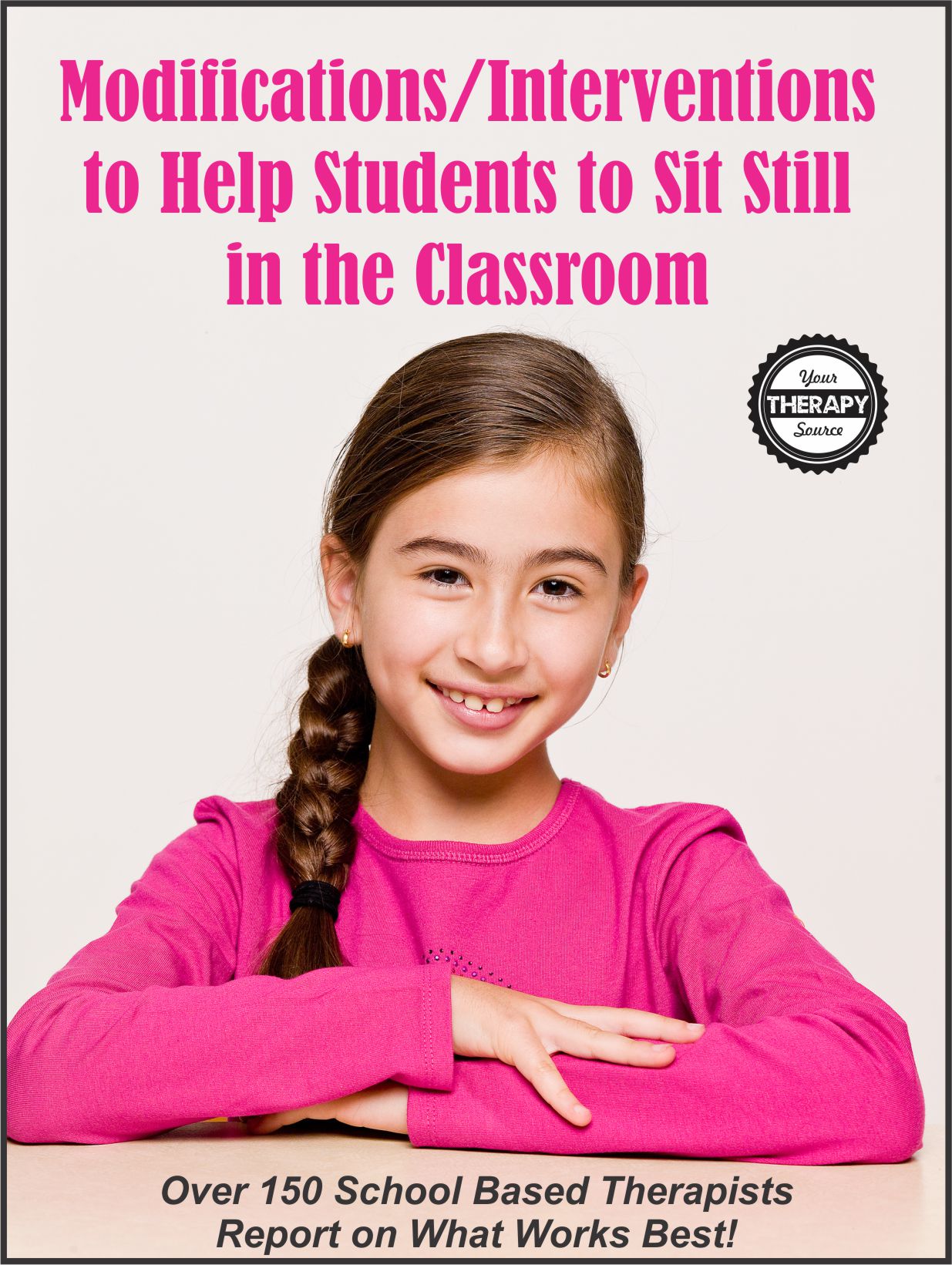Handwriting, Working Memory, and ADHD
Handwriting, Working Memory, and ADHD Handwriting is an important skill for written expression in school and at work. Many times children with ADHD may display difficulties with legibility and speed of handwriting during school activities. Recent research examined handwriting, working memory, and ADHD in 16 fourth and fifth-grade children compared to age-matched control children. Each […]

